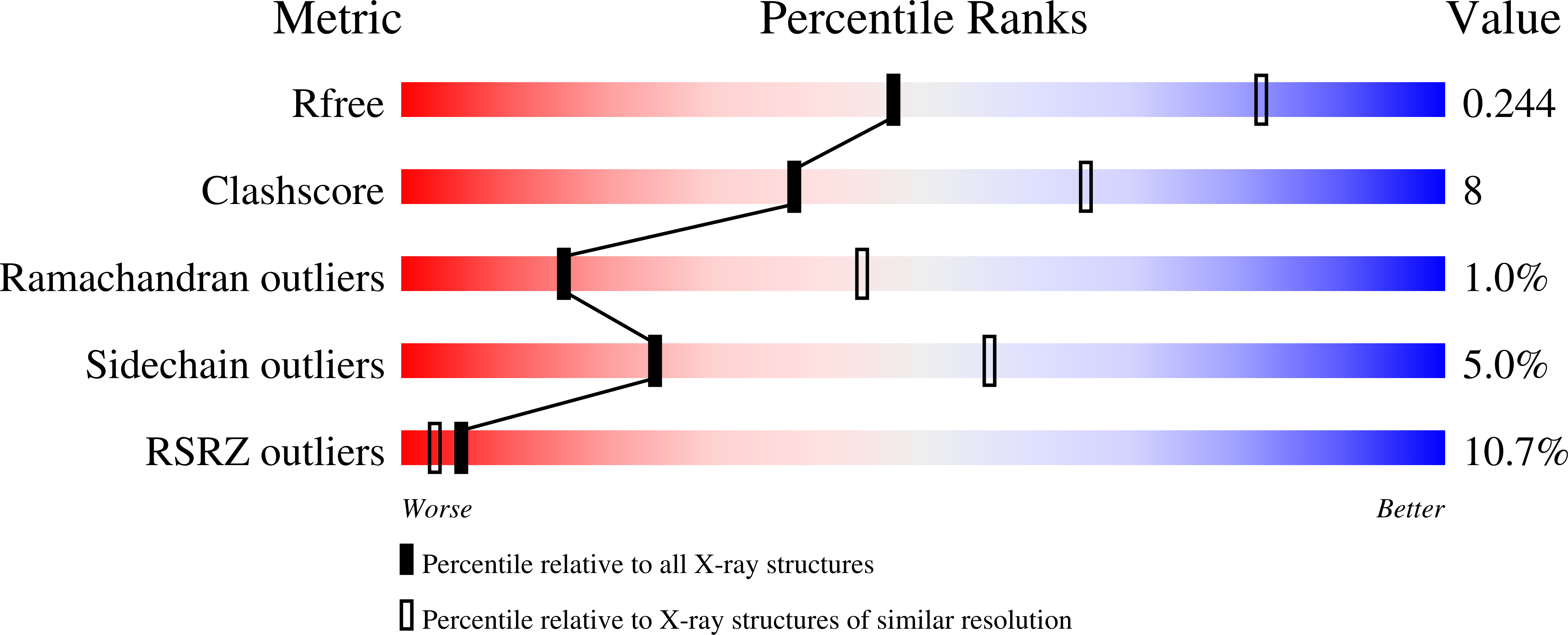
Deposition Date
2021-04-19
Release Date
2021-09-29
Last Version Date
2023-10-18
Entry Detail
PDB ID:
7MJ2
Keywords:
Title:
LarB, a carboxylase/hydrolase involved in synthesis of the cofactor for lactate racemase, in complex with Zn
Biological Source:
Source Organism:
Lactobacillus plantarum (Taxon ID: 220668)
Host Organism:
Method Details:
Experimental Method:
Resolution:
2.80 Å
R-Value Free:
0.24
R-Value Work:
0.20
R-Value Observed:
0.21
Space Group:
P 4 21 2


